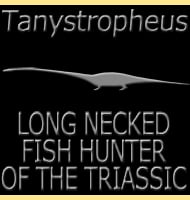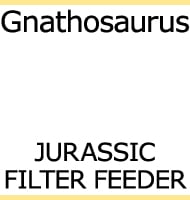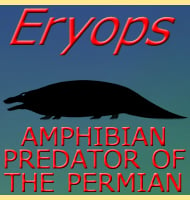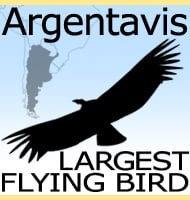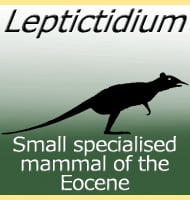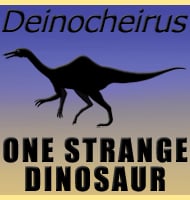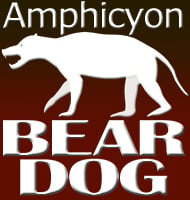In Depth
Although only named from isolated teeth, Afrasia was still a significant discovery because the teeth were those of an eosimiid primate. The discovery of Afrasia in Asia lends weight to the theory that the eosimiids evoled in Asia and then radiated out into Africa, though this is still a controversial theory with many unexplained factors, the largest of which is how could eosimiids have migrated from Asia to Africa when the two continents were still separated by ocean. Convergent evolution where two sets of isolated animals develop the same features could explain this, but it may be best to take time to study the complexities while new discoveries are made. The fact that eosimiid primates are known from both Africa and Asia ended up being the inspiration of the name Afrasia.
Further Reading
- New sivaladapid primates from the Eocene Pondaung Formation of Myanmar and the anthropoid status of Amphipithecidae - K. C. Beard, L. Marivaux, S. T. Tun, A. N. Soe, Y. Chaimanee, W. Htoon, B. Marandat H. H. Aung, et al. - 2007. - Late Middle Eocene primate from Myanmar and the initial anthropoid colonization of Africa. - Y. Chaimanee, O. Chavasseau, K. C. Beard, A. A. Kyaw, A. N. Soe, C. Sein, V.Lazzari, L. Marivaux, et al. - 2012.

